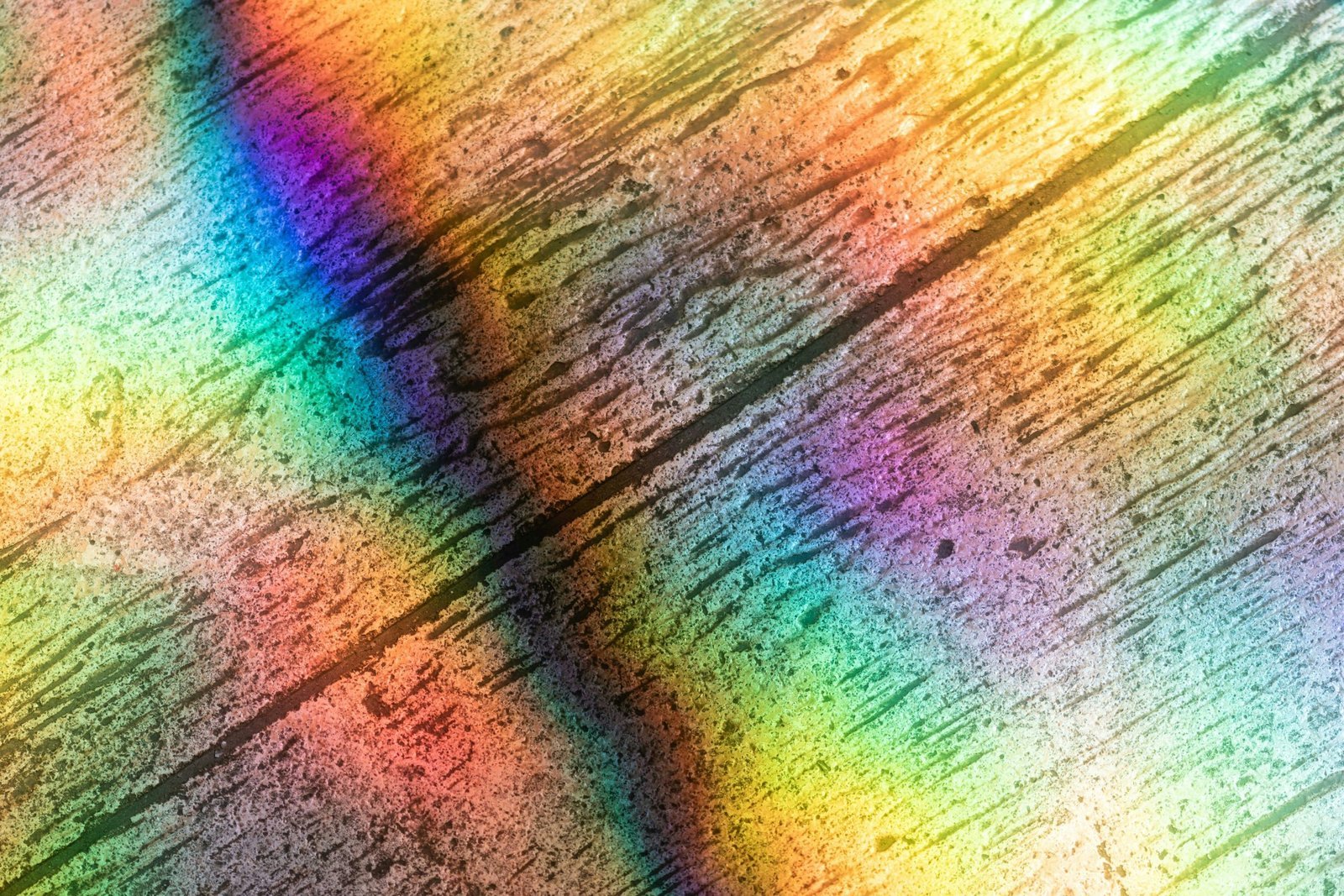
Fraunhofer Diffraction at a Single Slit
Fraunhofer diffraction refers to the bending and spreading of light waves as they pass through an aperture or around an object. When a beam of light passes through a single slit, it undergoes diffraction, resulting in a pattern of bright and dark regions on a screen placed behind the slit. This phenomenon can be explained by Huygens’ principle, which states that each point on a wavefront can be considered as a source of secondary wavelets that spread out in all directions.
The intensity of the diffracted light depends on the width of the slit and the wavelength of the light. According to the principles of wave interference, constructive interference occurs when the path lengths of the secondary wavelets from adjacent points on the slit to a particular point on the screen differ by an integral number of wavelengths. This leads to the formation of bright fringes, known as maxima, at specific angles on the screen. The first-order maximum, or central maximum, is located at the center of the diffraction pattern.
The angular position of the minima and maxima in the diffraction pattern can be determined using the following equation:
θ = λ / b
Where θ is the angular position of the minima or maxima, λ is the wavelength of the light, and b is the width of the slit. This equation is known as the single-slit diffraction formula.
The single-slit diffraction pattern exhibits a central maximum surrounded by alternating bright and dark fringes. The intensity of the fringes decreases as the distance from the central maximum increases. The width of the central maximum is larger than that of the other fringes, making it the most prominent feature of the diffraction pattern.
Furthermore, the single-slit diffraction pattern can be used to determine the size of the slit. By measuring the angular positions of the minima and maxima on the screen, along with the known wavelength of the light, the width of the slit can be calculated using the single-slit diffraction formula. This technique is commonly used in various fields, such as optics and spectroscopy, to accurately measure the dimensions of small apertures or objects.
In addition to the central maximum and the bright fringes, the single-slit diffraction pattern also exhibits dark fringes, known as minima. These minima occur at specific angles on the screen where destructive interference takes place. At these angles, the secondary wavelets from adjacent points on the slit arrive at the same point on the screen with a phase difference of half a wavelength, resulting in cancellation of the waves and the formation of dark regions.
The width of the central maximum in the single-slit diffraction pattern is larger than that of the other fringes due to the fact that the central maximum is formed by light waves that pass through the center of the slit. These waves experience less diffraction compared to the waves passing through the edges of the slit, resulting in a broader central maximum. As the distance from the central maximum increases, the width of the fringes decreases, leading to a narrower pattern.
Overall, the phenomenon of Fraunhofer diffraction at a single slit provides valuable insights into the behavior of light waves as they interact with small apertures. By studying the diffraction pattern, scientists and researchers can gain a deeper understanding of wave optics and utilize this knowledge in a wide range of applications, from designing optical instruments to analyzing the properties of materials.
5. Interference Effects:
Another important difference between single slit diffraction and grating diffraction lies in the interference effects that occur within each pattern. In single slit diffraction, the fringes are a result of interference between the waves diffracted from different parts of the slit. This interference leads to the constructive and destructive interference of the waves, resulting in the bright and dark fringes observed in the pattern.
On the other hand, in grating diffraction, the interference effects are caused by the presence of multiple slits in the grating. Each slit acts as a source of diffracted waves, and these waves interfere with each other to produce the pattern. The constructive interference occurs when the path difference between the waves from adjacent slits is an integer multiple of the wavelength, leading to the bright fringes. The destructive interference occurs when the path difference is a half-integer multiple of the wavelength, resulting in the dark regions.
6. Diffraction Efficiency:
Diffraction efficiency refers to the ability of a diffraction pattern to concentrate the diffracted light into specific regions. In single slit diffraction, the diffraction efficiency is relatively low, as a significant portion of the diffracted light is spread out over a wide range of angles. This is due to the wider fringes and less distinct pattern observed in single slit diffraction.
In contrast, grating diffraction exhibits higher diffraction efficiency. The closely spaced and well-defined fringes in the grating pattern concentrate the diffracted light into narrower regions, resulting in a higher intensity of the bright fringes. This property is advantageous in applications where precise control and manipulation of light are required, such as spectroscopy and optical communications.
7. Applications:
Both single slit diffraction and grating diffraction have numerous applications in various fields of science and technology. Single slit diffraction is commonly used in spectroscopy to study the properties of light and materials. It is also utilized in optical systems to control the shape and intensity of light beams.
Grating diffraction, on the other hand, is widely used in spectrometers to separate and analyze the different wavelengths of light. It is also employed in optical communication systems to multiplex and demultiplex light signals. Additionally, grating diffraction plays a crucial role in the design and fabrication of diffraction gratings used in many scientific instruments and devices.
Overall, while both single slit diffraction and grating diffraction share similarities as examples of Fraunhofer diffraction, they exhibit distinct characteristics in terms of pattern formation, width of fringes, number of fringes, angular position of fringes, interference effects, diffraction efficiency, and applications. Understanding these differences is essential for scientists, engineers, and researchers working with diffraction phenomena and their applications.






